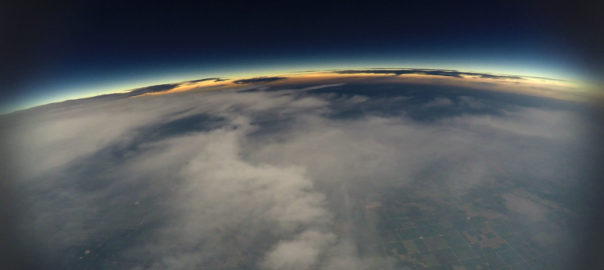The previous post recounted our preparations, the balloon launches, and experiencing totality at the Stuhr Museum in Grand Island, Nebraska.
This post has photos from after the launch, photos from the balloons, video, and information about the recoveries of the payloads.
After totality, we cleaned up the launch area and took group photos. (Photo credit: Michaela Lucas)
NASA Nebraska Space Grant Crew

Heather Dreibus, a Science instructional Coach at Omaha Public Schools took a panorama during the eclipse. It was dark when she started taking the picture and by the time she turned around, it was light again.

Photos from the Flight
The following images were taken from the camera on our MCC experiment pod.
The launch crew with the shadow of the balloon.
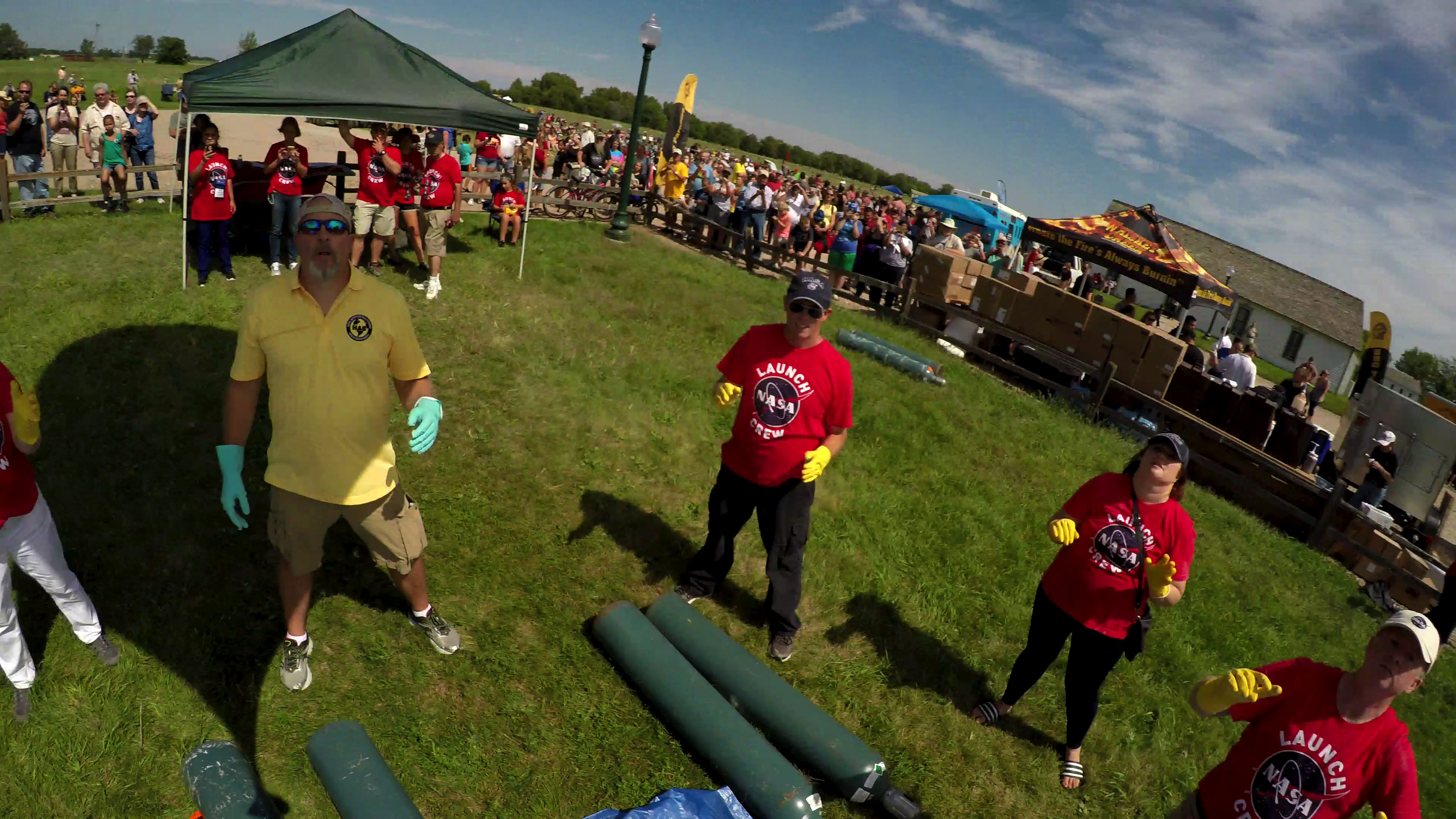
The back of the Whisky Creek food stand.
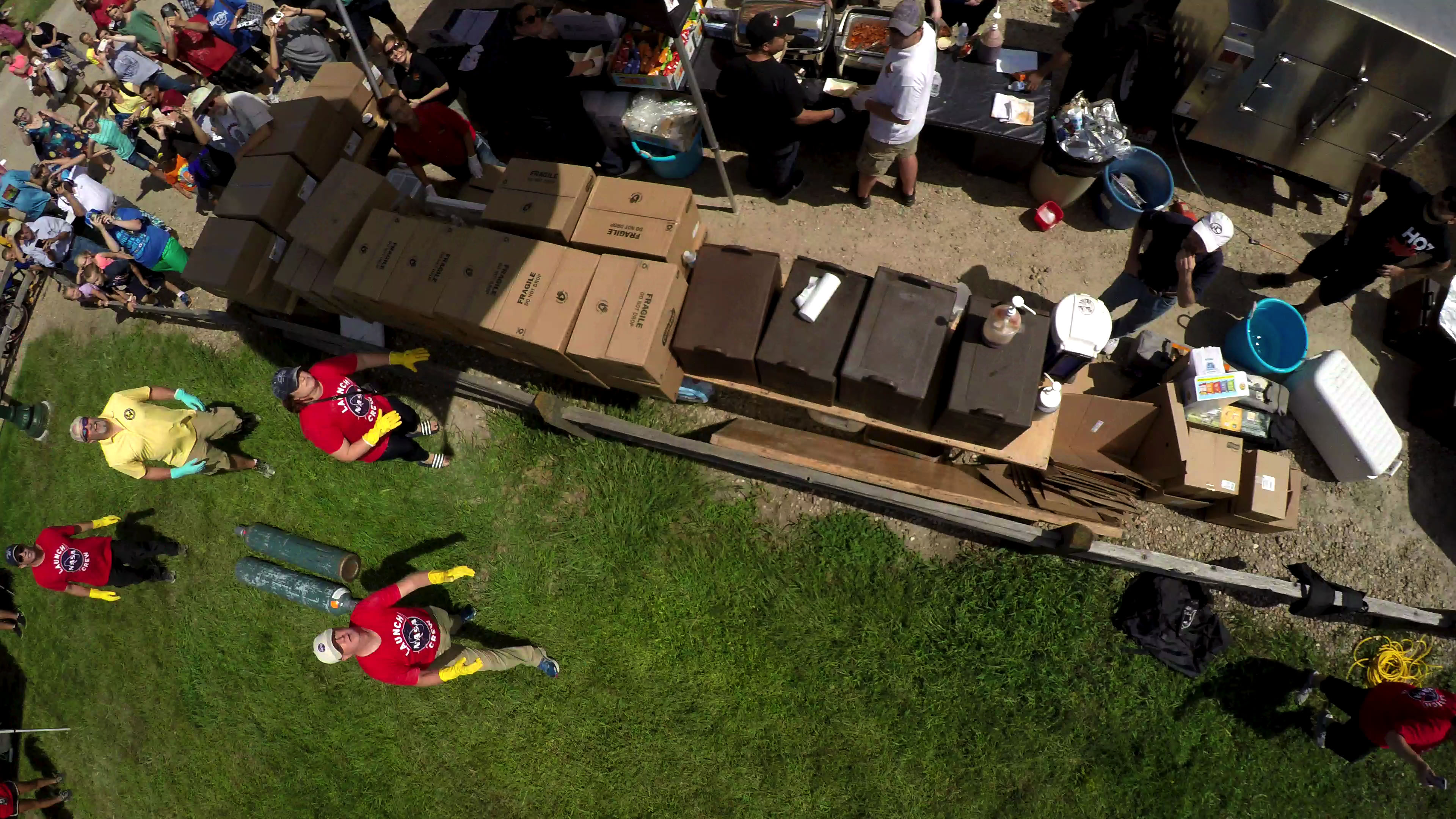
Views of the spectators around our launch area.
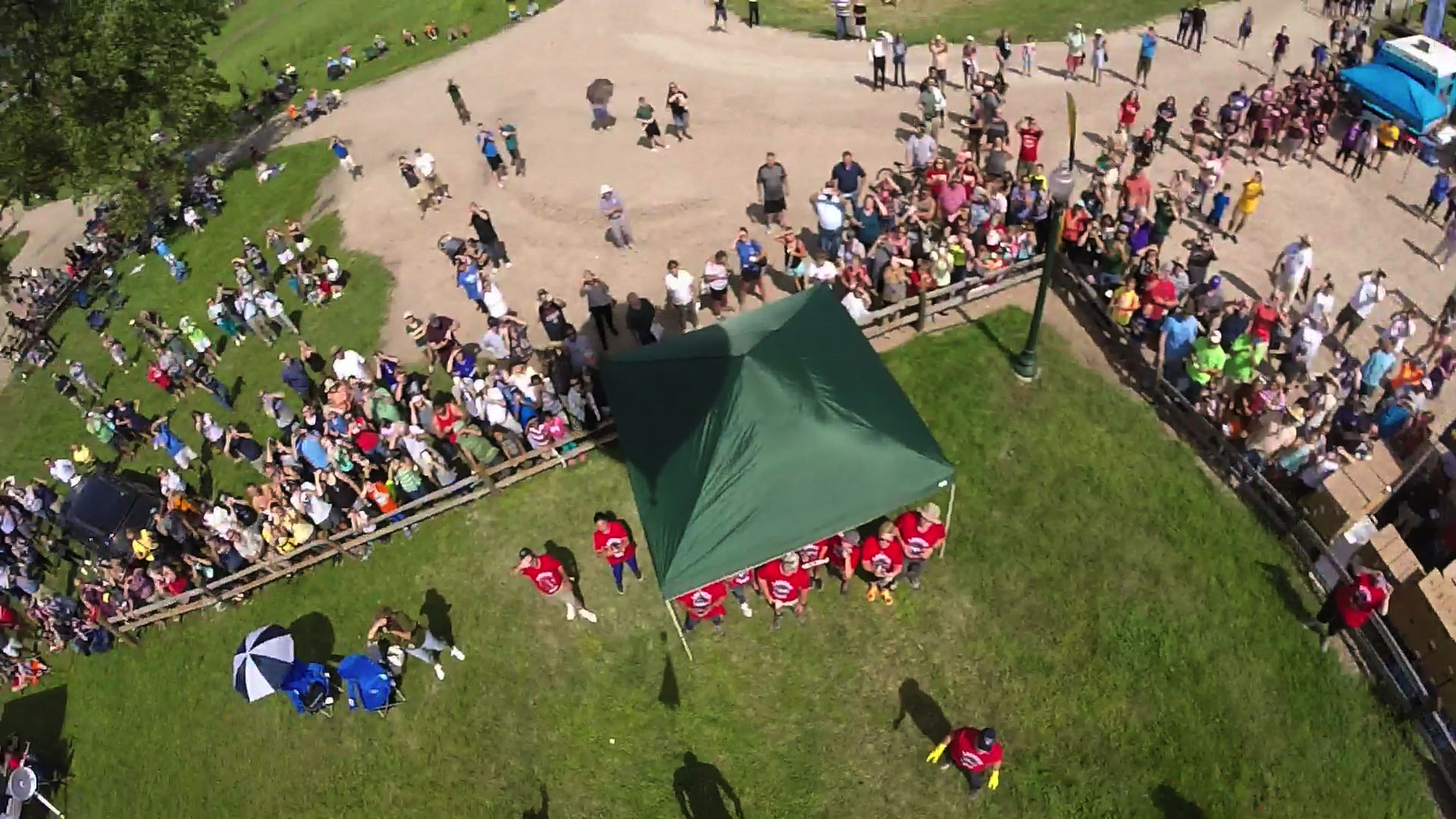
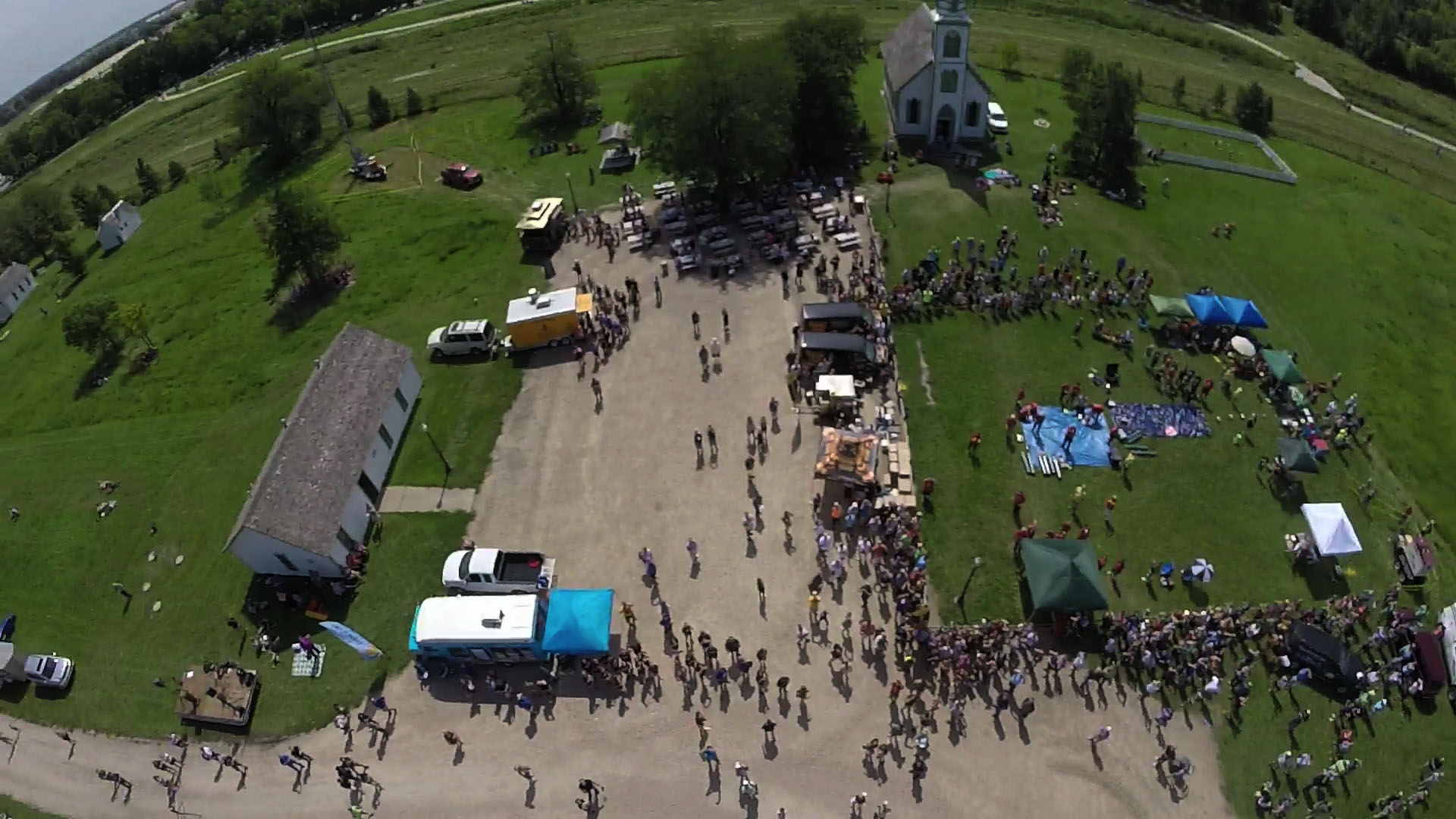
The observing field.
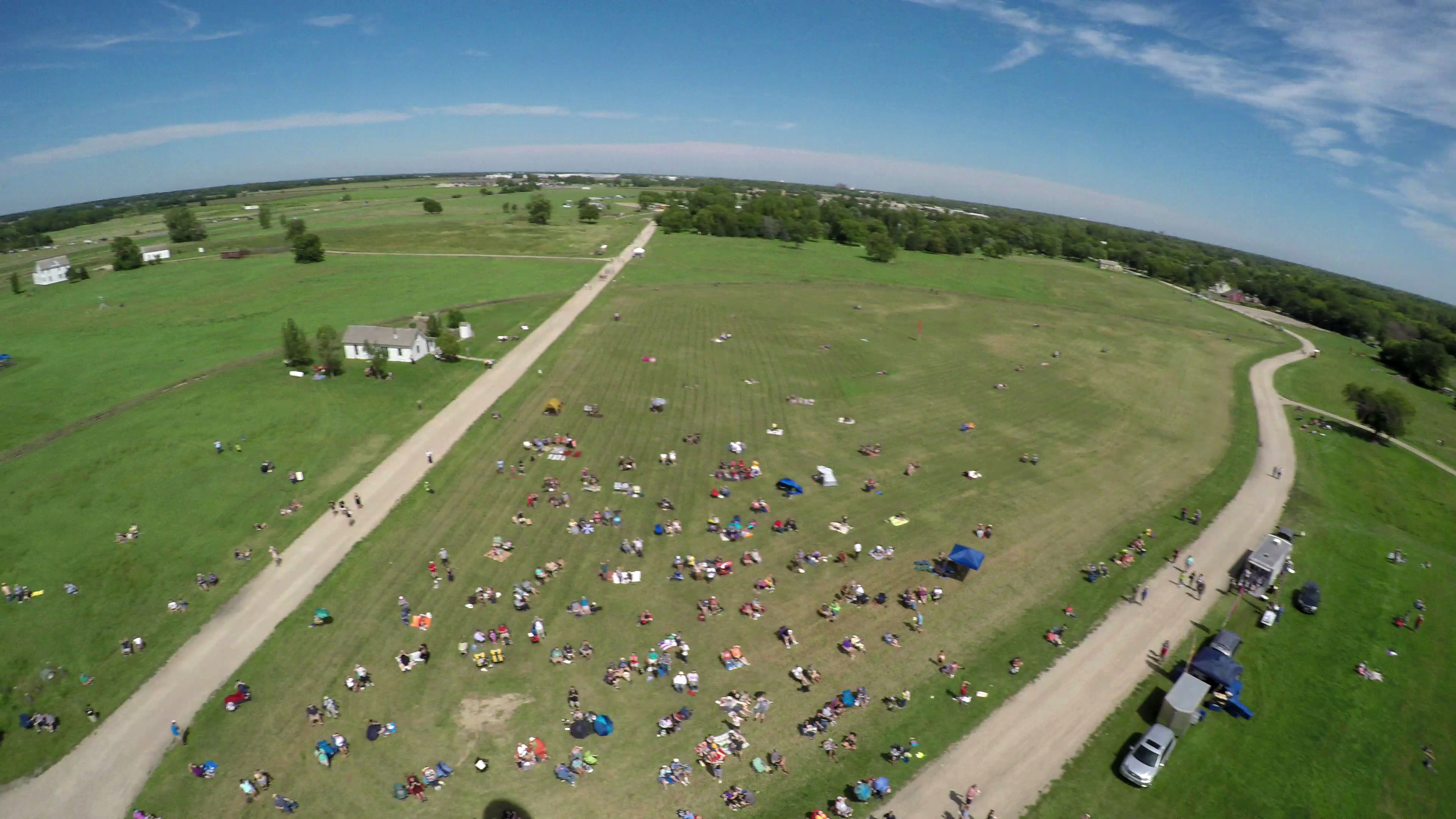
The Stuhr Museum. Cars were parked in the field to the right of the entrance. We estimate about 2500 cars parked there.
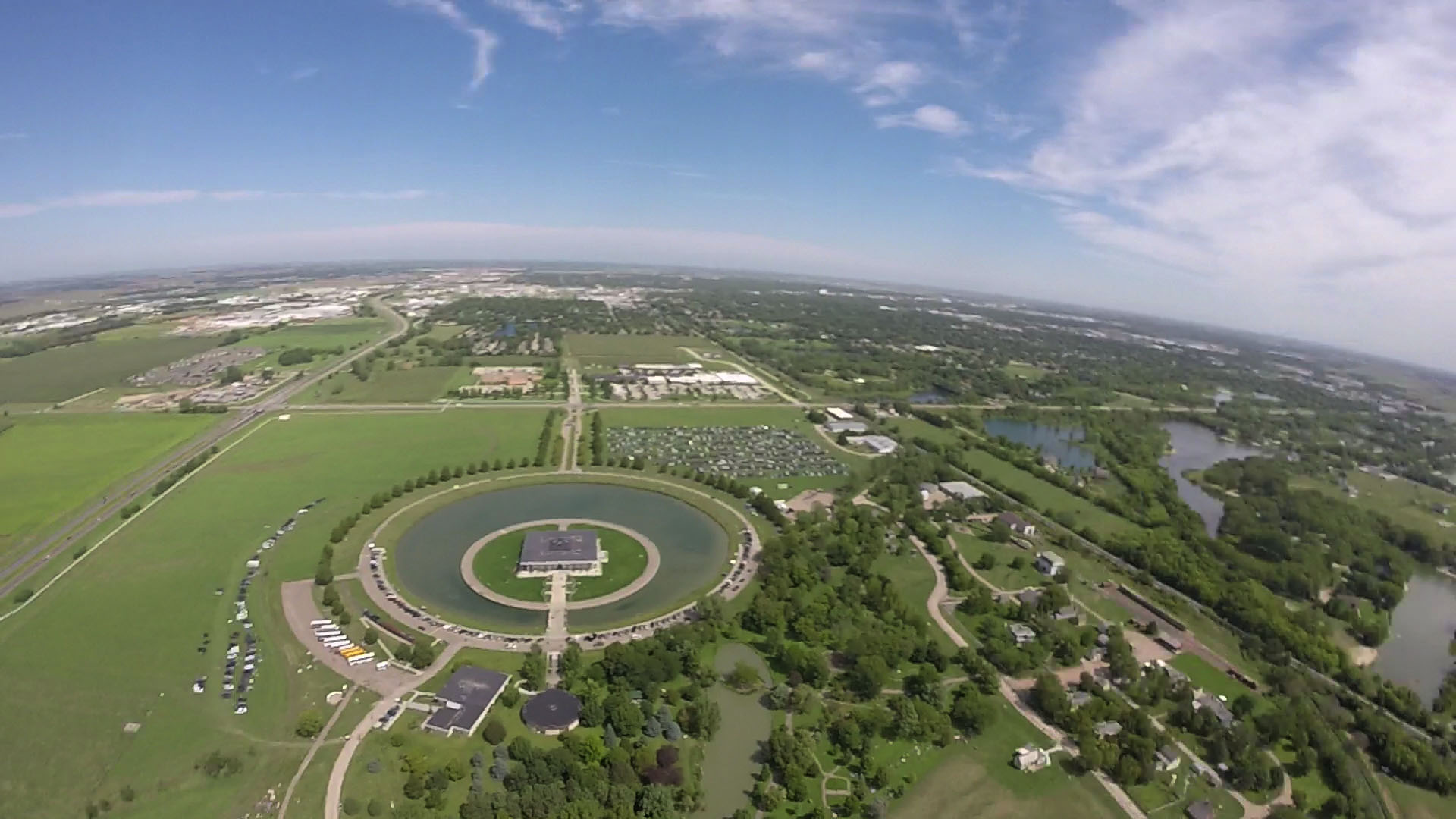
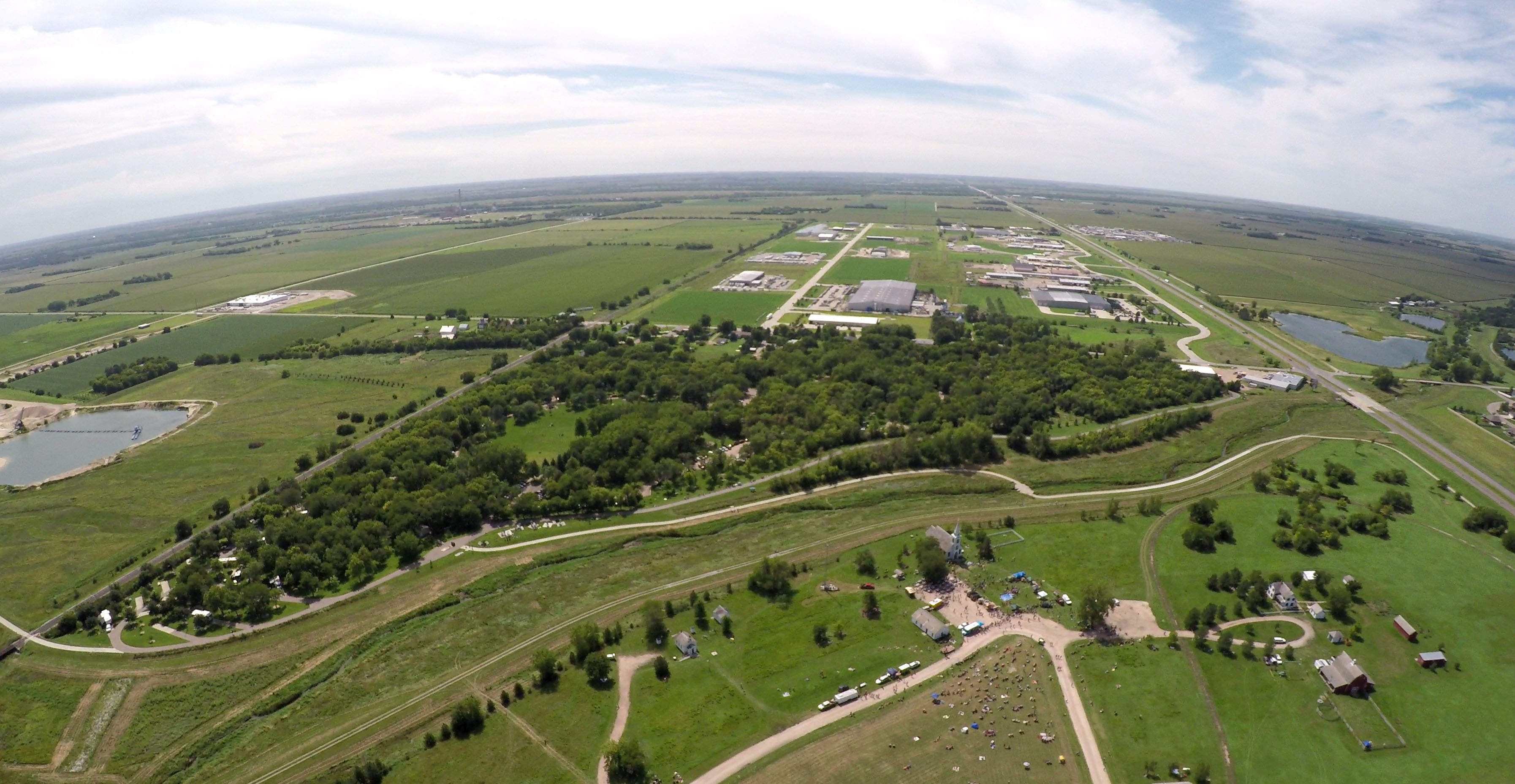
Grand Island, Nebraska
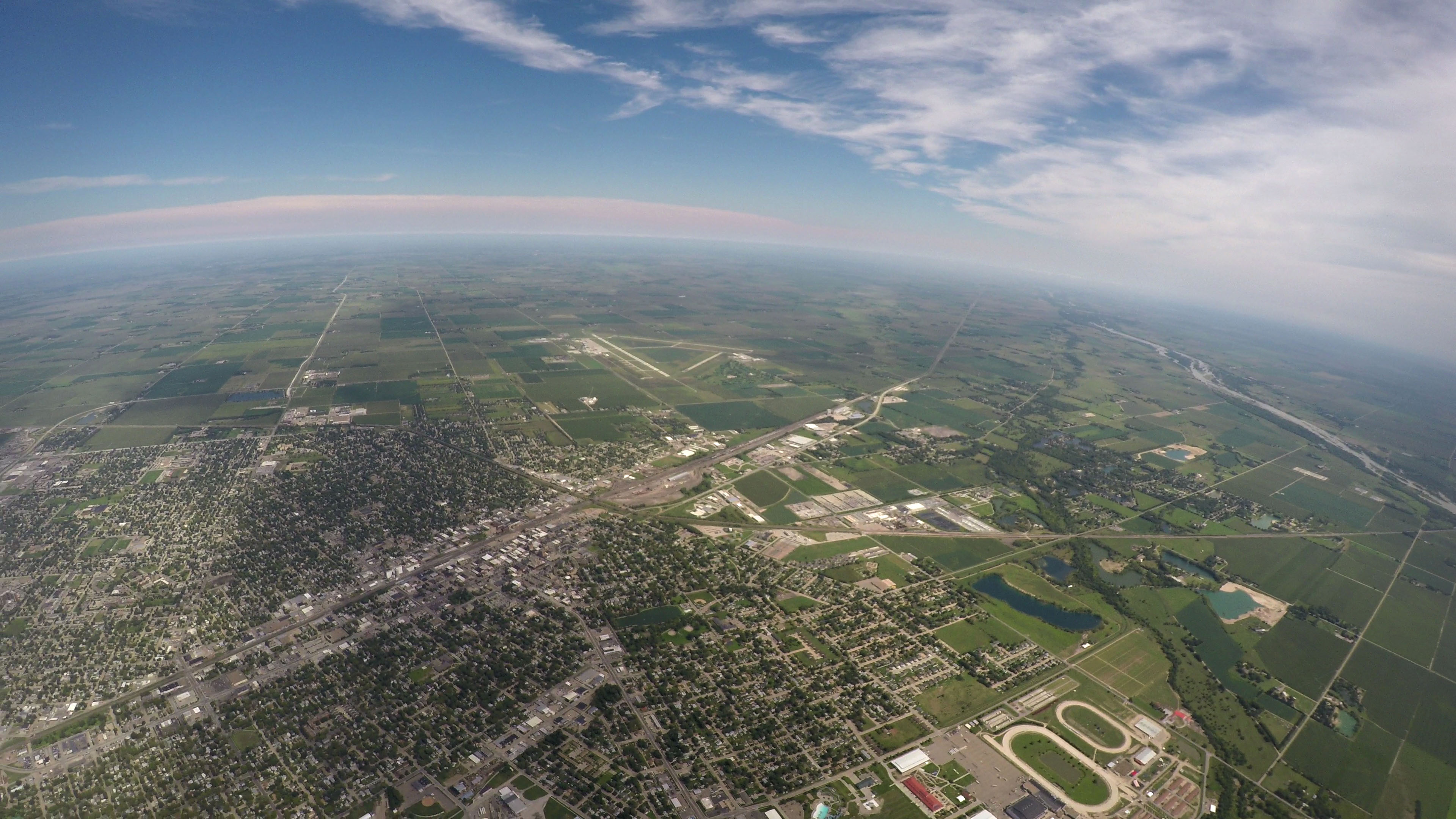
Going higher.
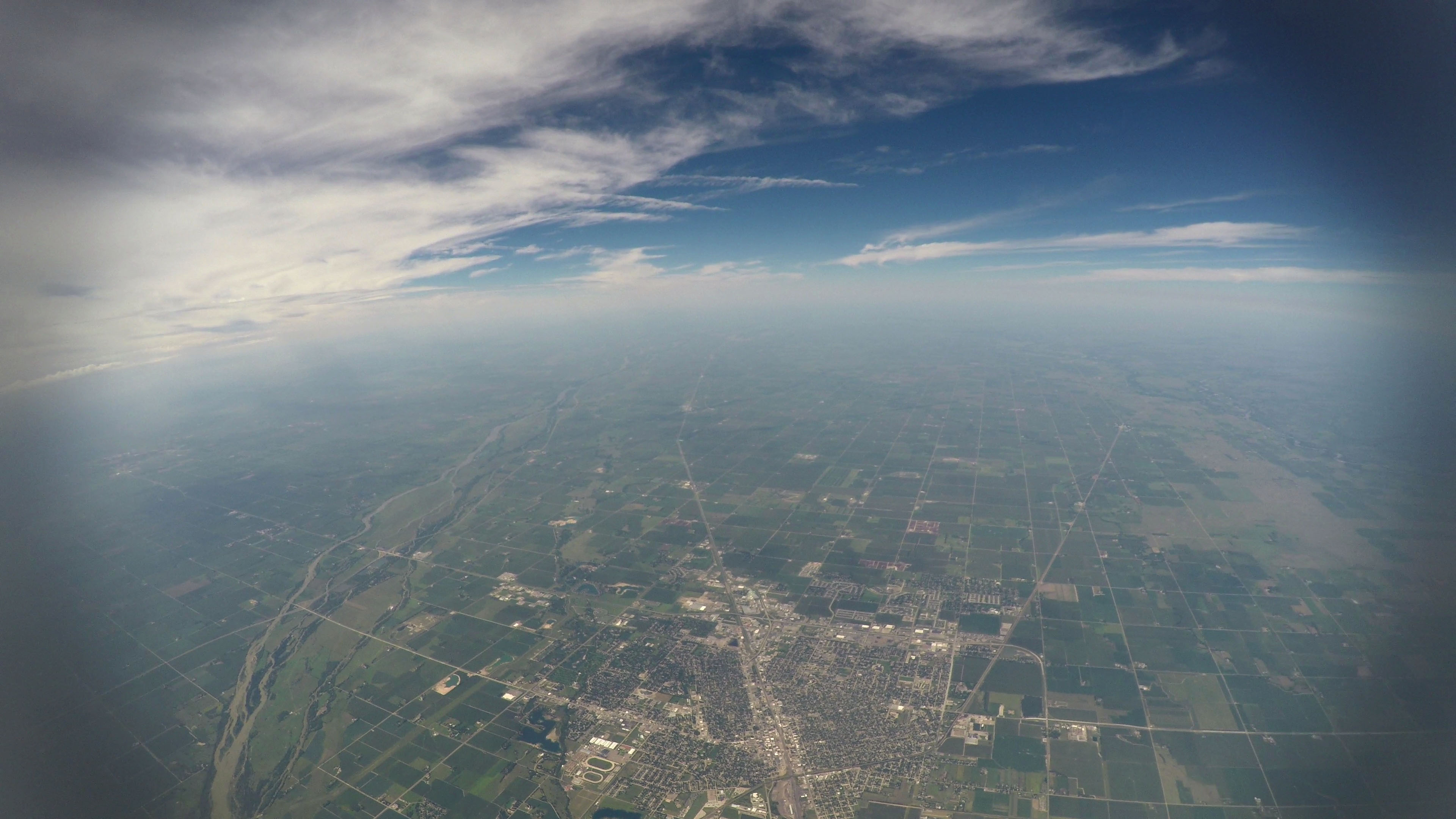
Above the clouds.
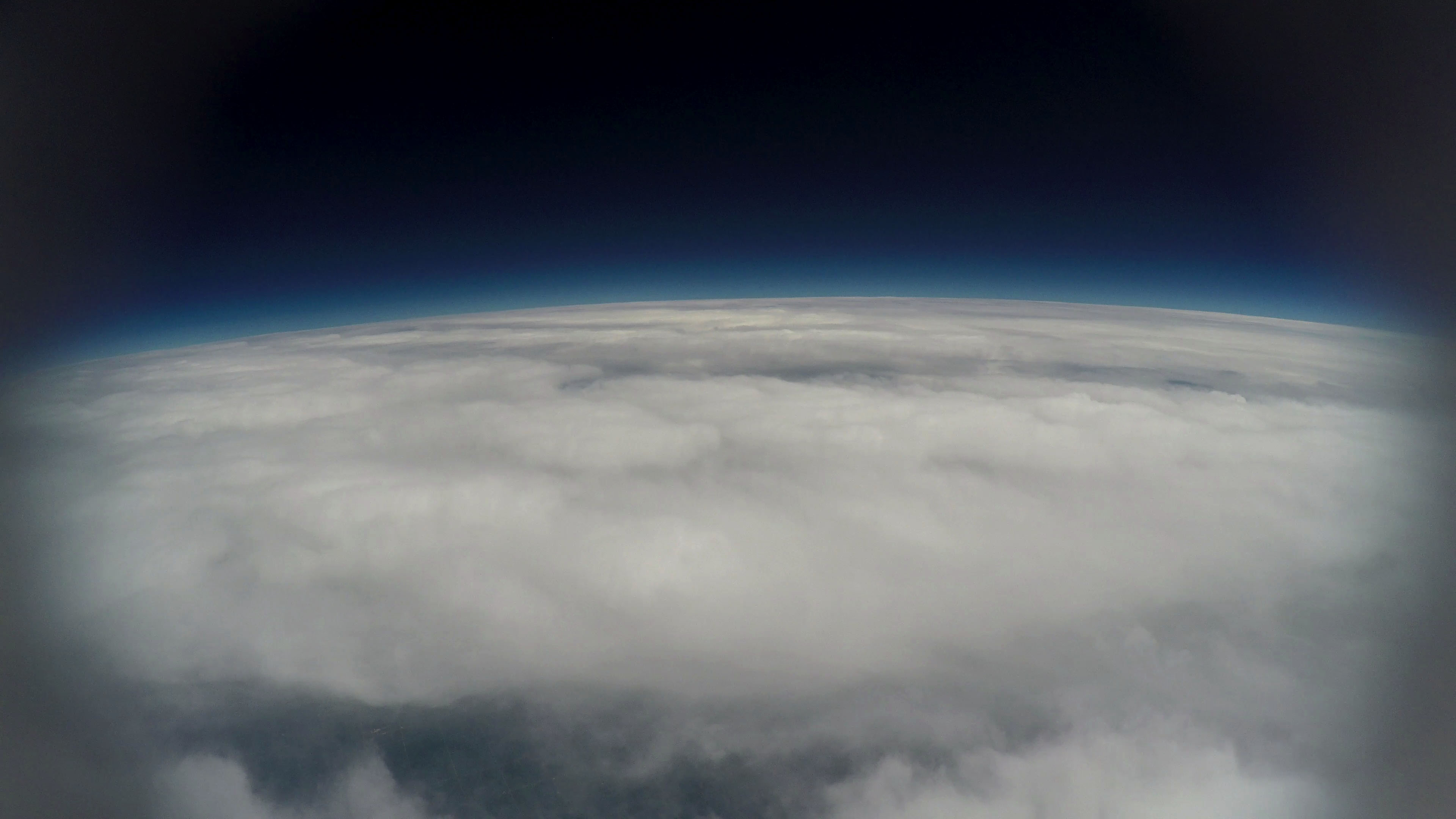
Here comes the shadow!
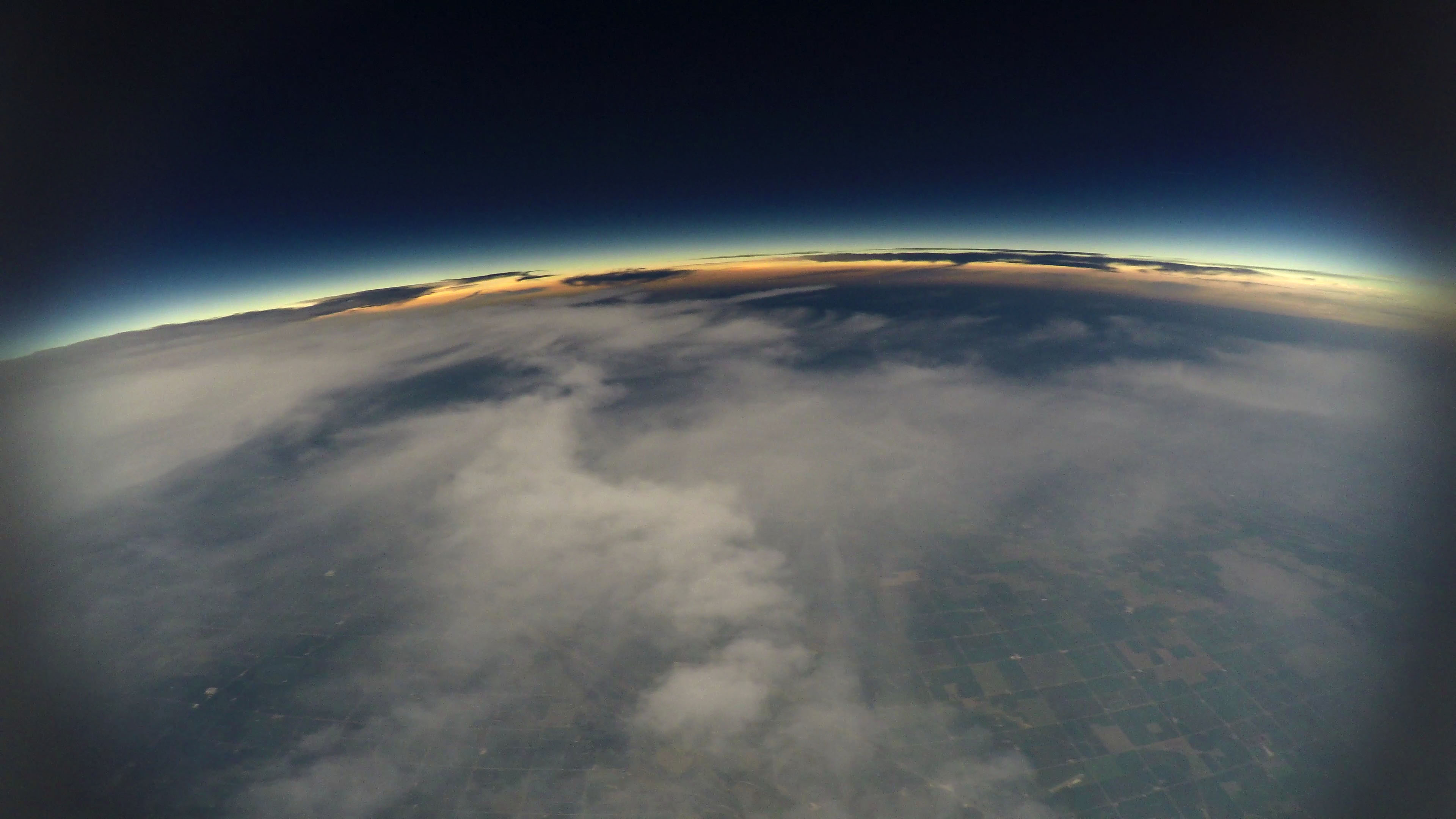

Darkness falling on the clouds.
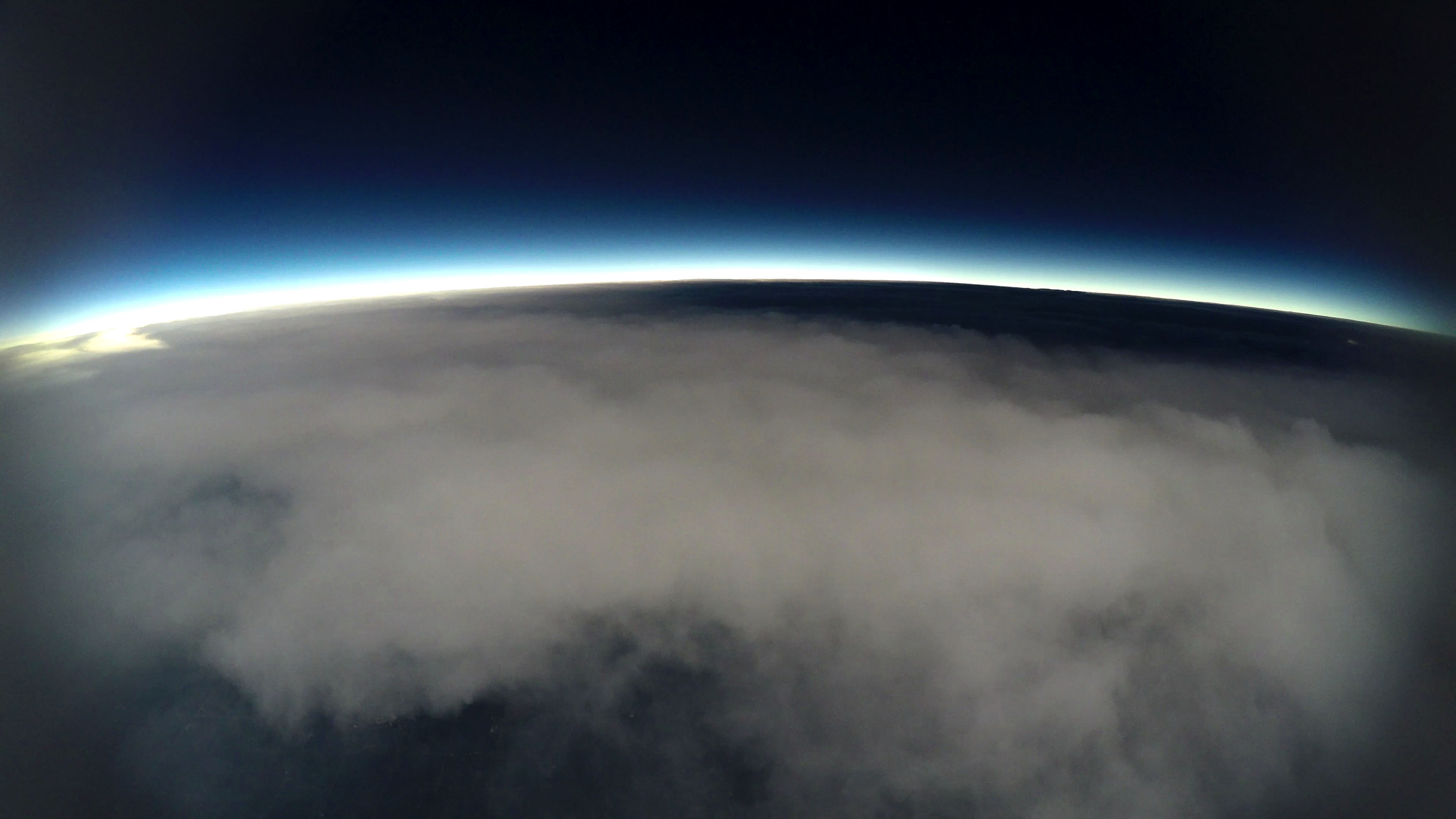
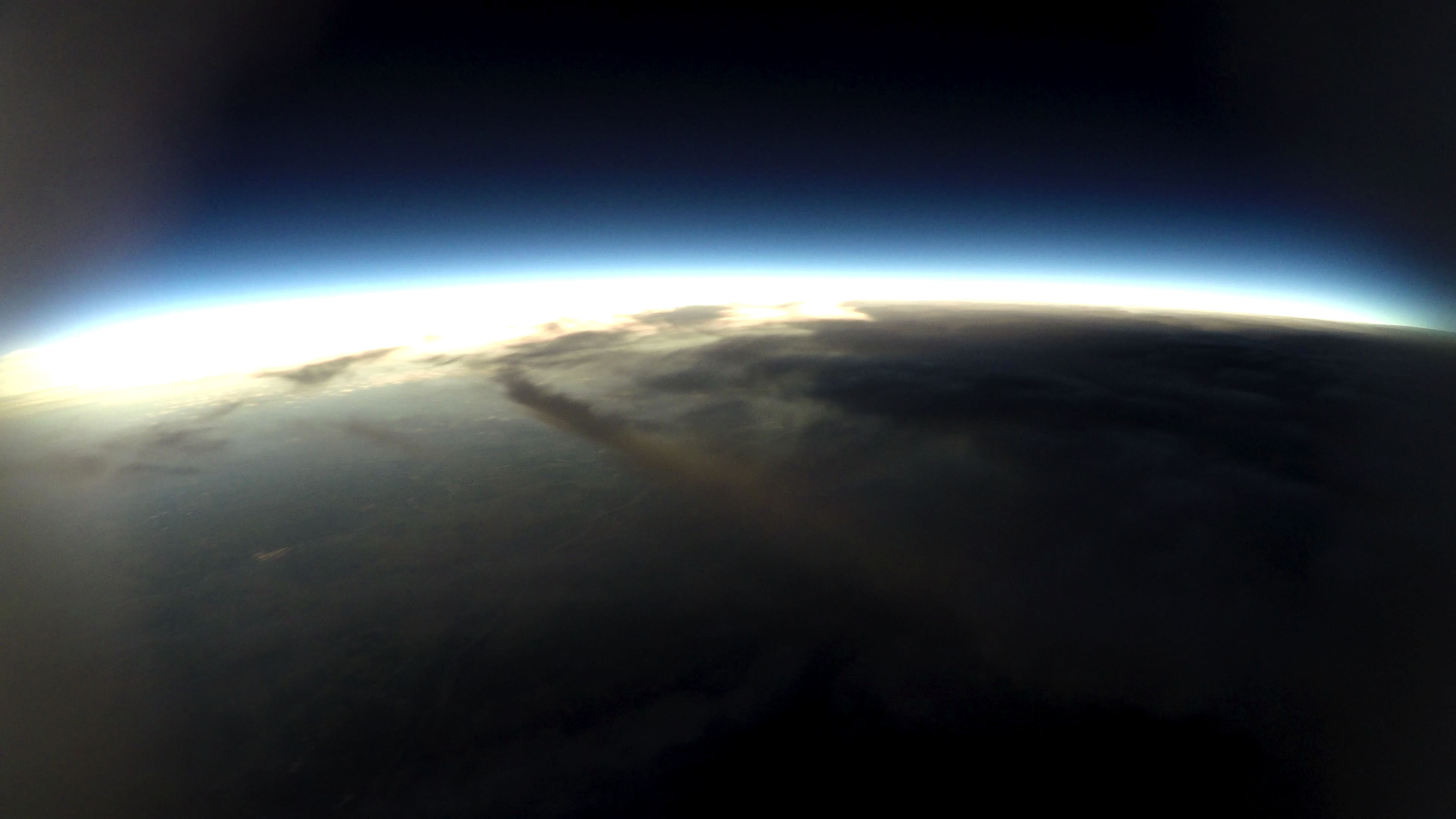
Bathed in darkness.
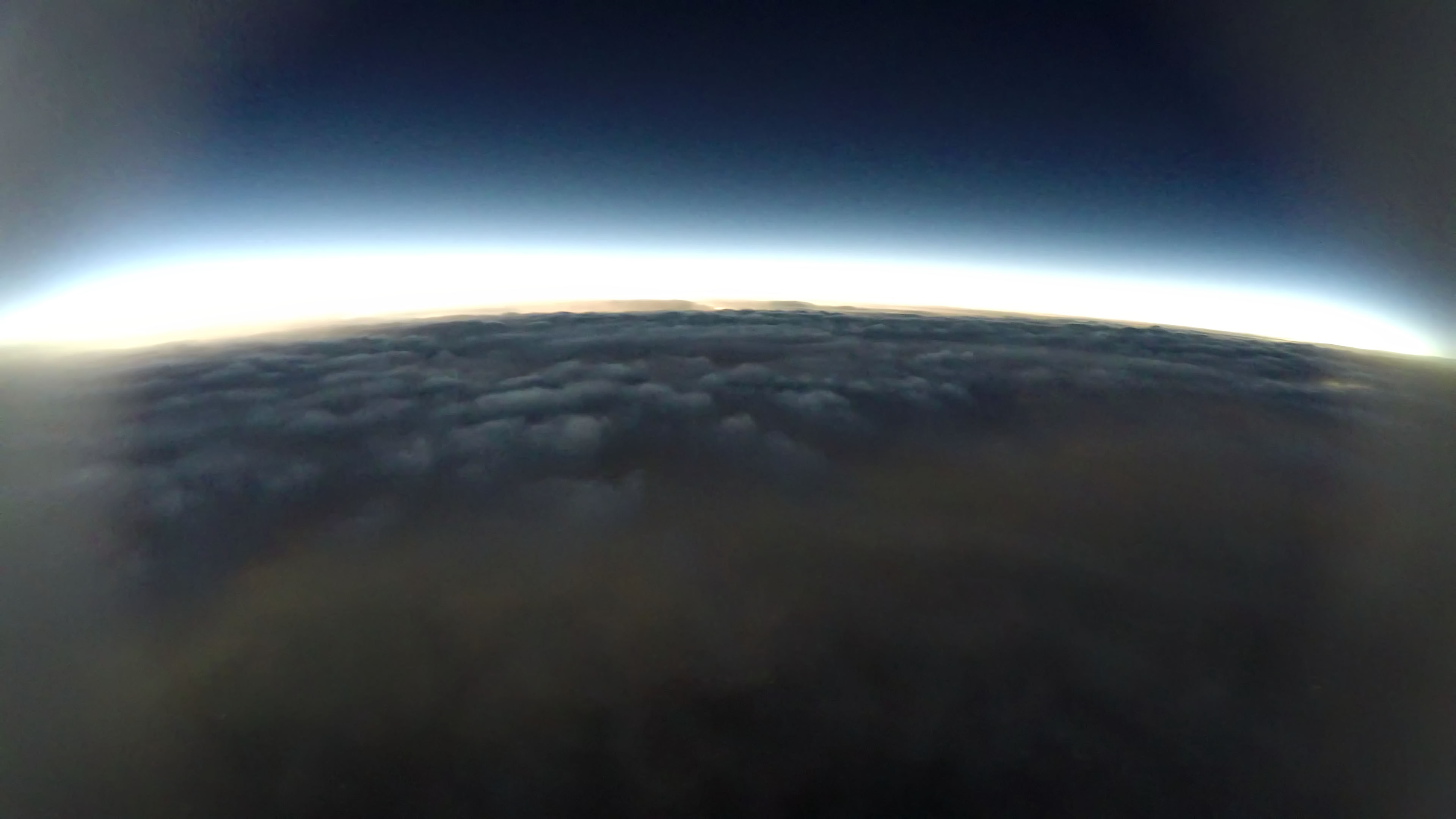
The OPS chase team left before the launches to be in place to recover their balloon and the payloads and they landed in a field. The MCC team left right after their launch to retrieve their experiments and they landed in a field. Michael and Kendra packed up after much of the crowd had cleared out and recovered the NASA balloon which landed in, you guessed it, a corn field.
MCC Balloon Recovery
The following photos of the second balloon recovery are from Fay Cardona.
Emily Anderson, Mike Leidy, and Fay Cardona are happy to have recovered their experiments.
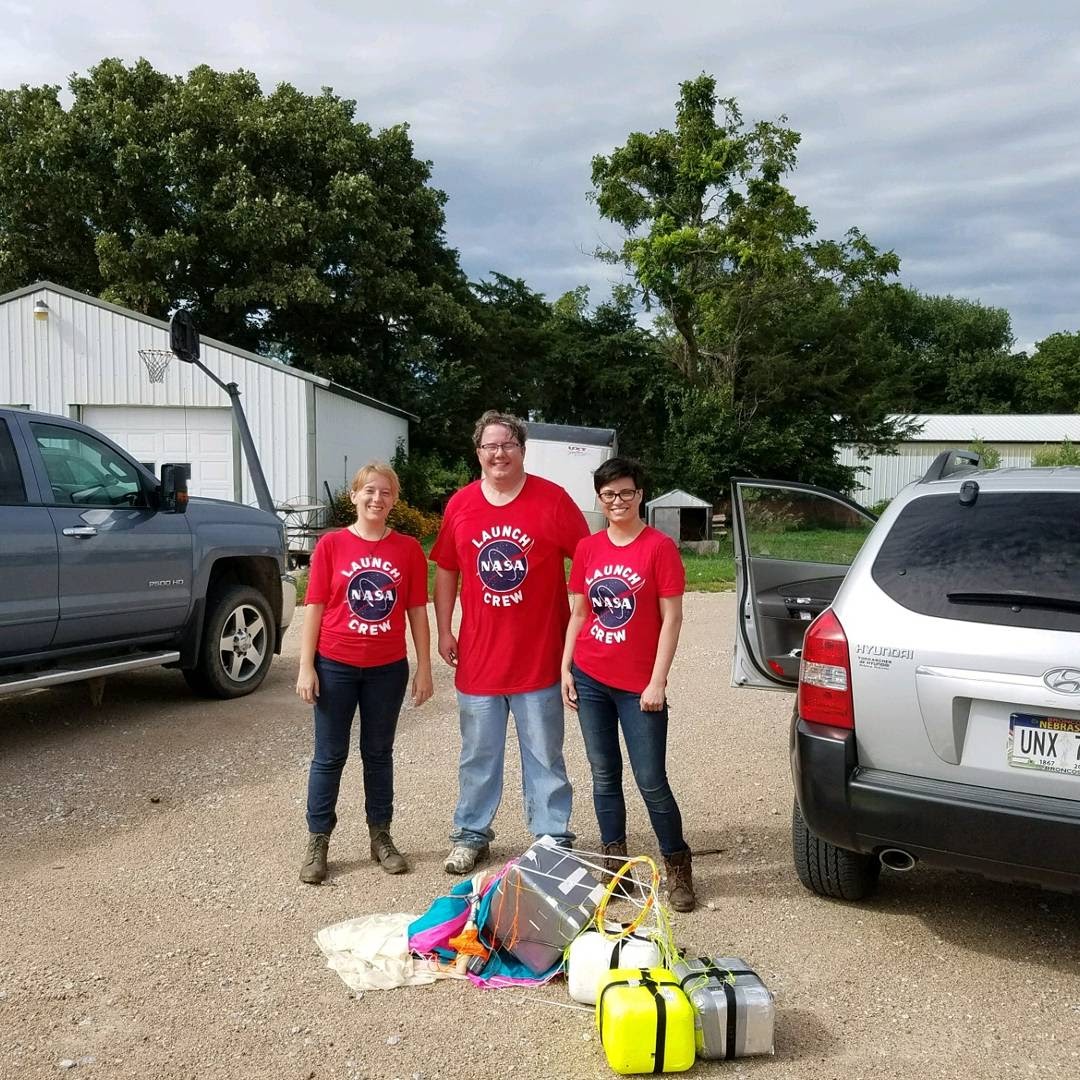
They enlisted the help of landowners Greg Fiala (on the left) and Al Moravec (second from the left) to get the pods. Emily, Fay, and Josh Gebbie hold the payloads.
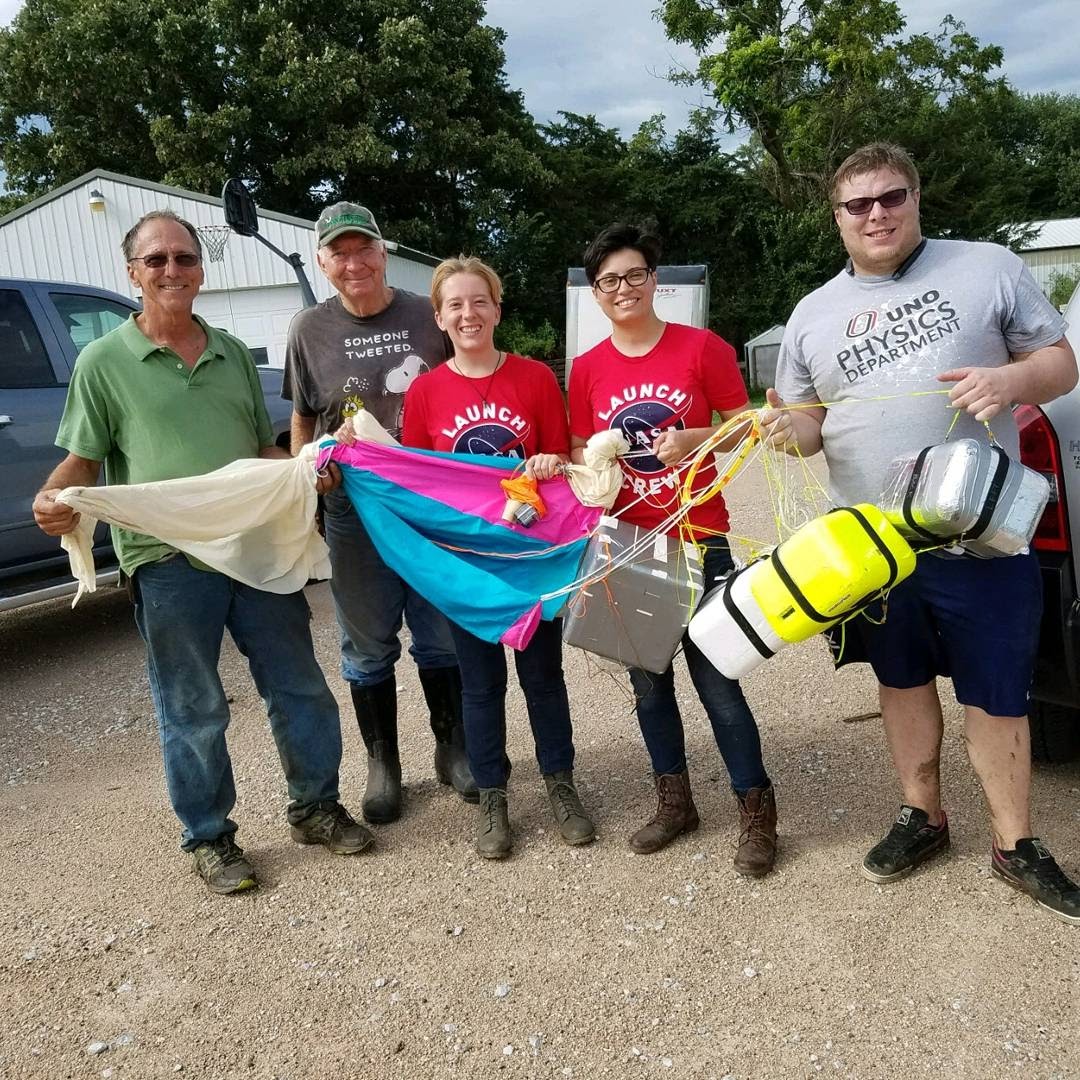
They tracked through some corn fields, but the payloads landed in an alfalfa field. If you have never walked through corn in the summertime, this might give you a little taste (minus the heat and humidity) of what it is like.
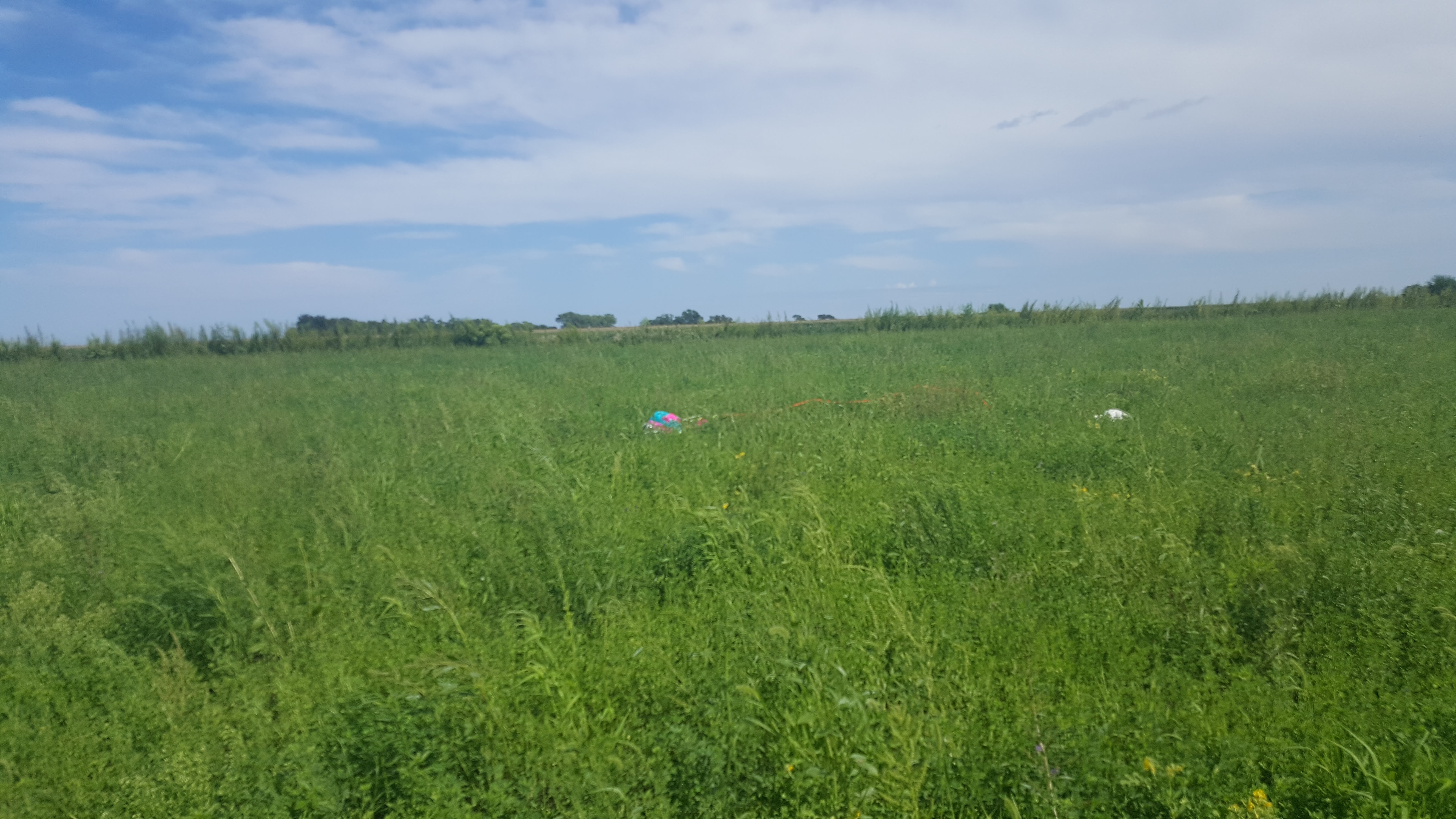
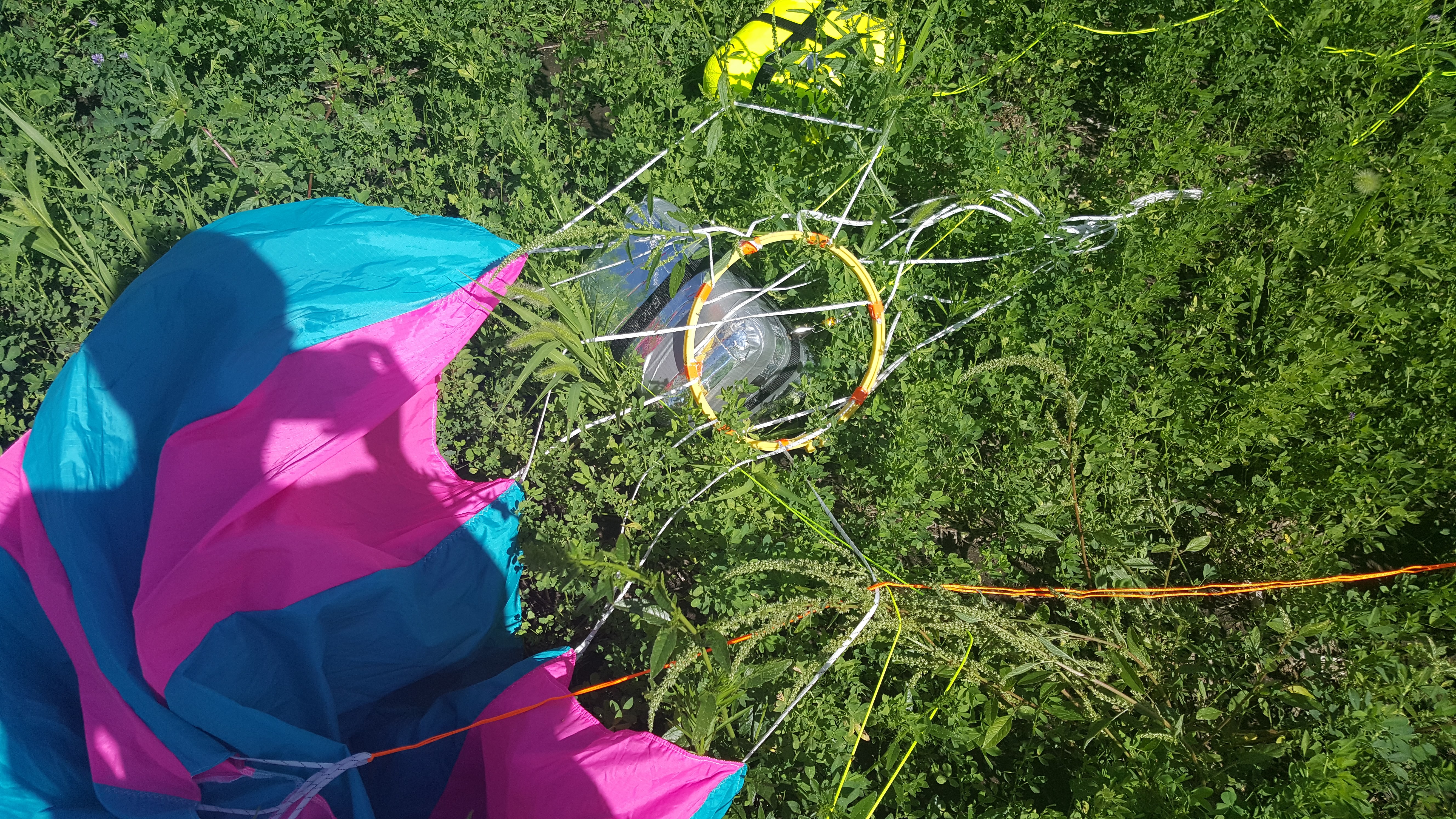
Maps and Data
The dome on Mike’s camera platform was broken on impact, but we got the camera back this time and it recorded footage through the whole flight and his device worked the entire time. Some icing on the dome makes the footage at maximum altitude less than optimum, but it is a huge engineering triumph.
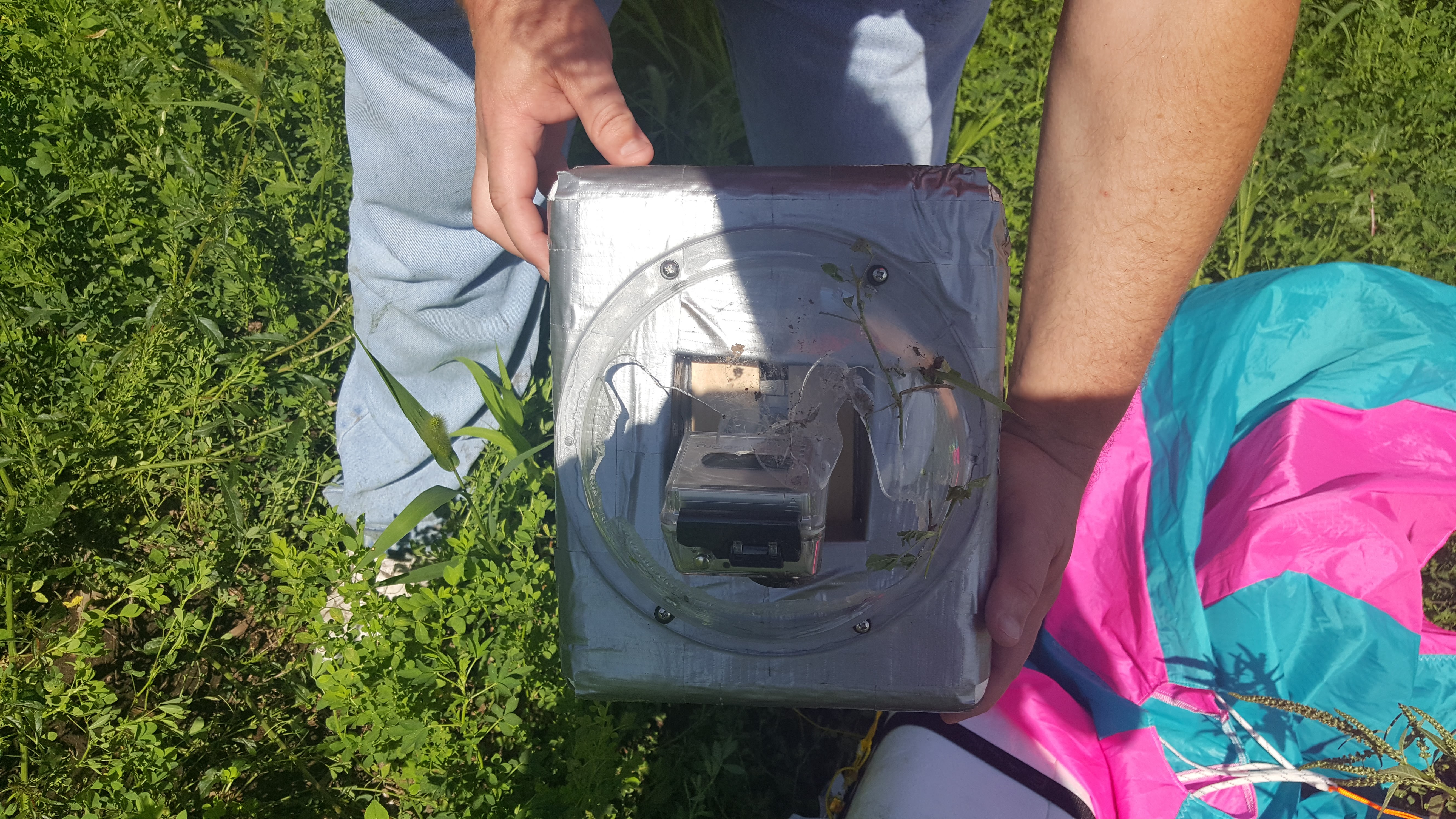
Fay sent the astrobiology samples back via FedEx to NASA Ames along with her observations, photos, and balloon data. We look forward to hearing the results from the astrobiology group after they have analyzed the bacteria from all of the teams who participated.
Josh’s light and UV bluetooth sensor or the app that was recording the data on the mobile phone turned itself off after it was placed in the pod, but prior to launch so we did not get that data from the flight.
You can check out our map of the flight and graphs of the data for the second balloon at: https://tracking.stratostar.net/mission/0149
And for the third balloon at: https://tracking.stratostar.net/mission/0164
I am afraid that we sent so many visitors to the Stratostar website during the flight that Jason Krueger, CEO of Stratostar, had to reset the cloud so we could monitor our data live. He helped us out even though he was in the middle of flying his own balloons in Missouri.
Here is some amazing footage from his team at Stratostar of a very well-timed burst during totality.
Michael still needs to look at our two cameras that were on the shadow bands experiments in Lincoln, Nebraska manned by Matt Anderson, COO of Branched Oak Observatory, but he said that it was pretty cloudy around the time of totality, so we may not have captured any.
Many Thanks!
We would like to thank Angela Des Jardins and her team at Montana State University for letting us be a part of the NASA Eclipse Ballooning Project, the NASA Science Mission Directorate and NASA Space Grant for providing the funding, the Stuhr Museum for hosting an incredible event at their facility, Viaero for setting up great internet access for us, Matheson Gas for delivering our helium, our NASA Ambassadors and Media Liaisons for engaging with the visitors and explaining what we were doing, the amazing science teachers and students who participated, and all of the spectators on the ground and online.
We can take a little break and then start thinking about the total solar eclipse in 2024.
